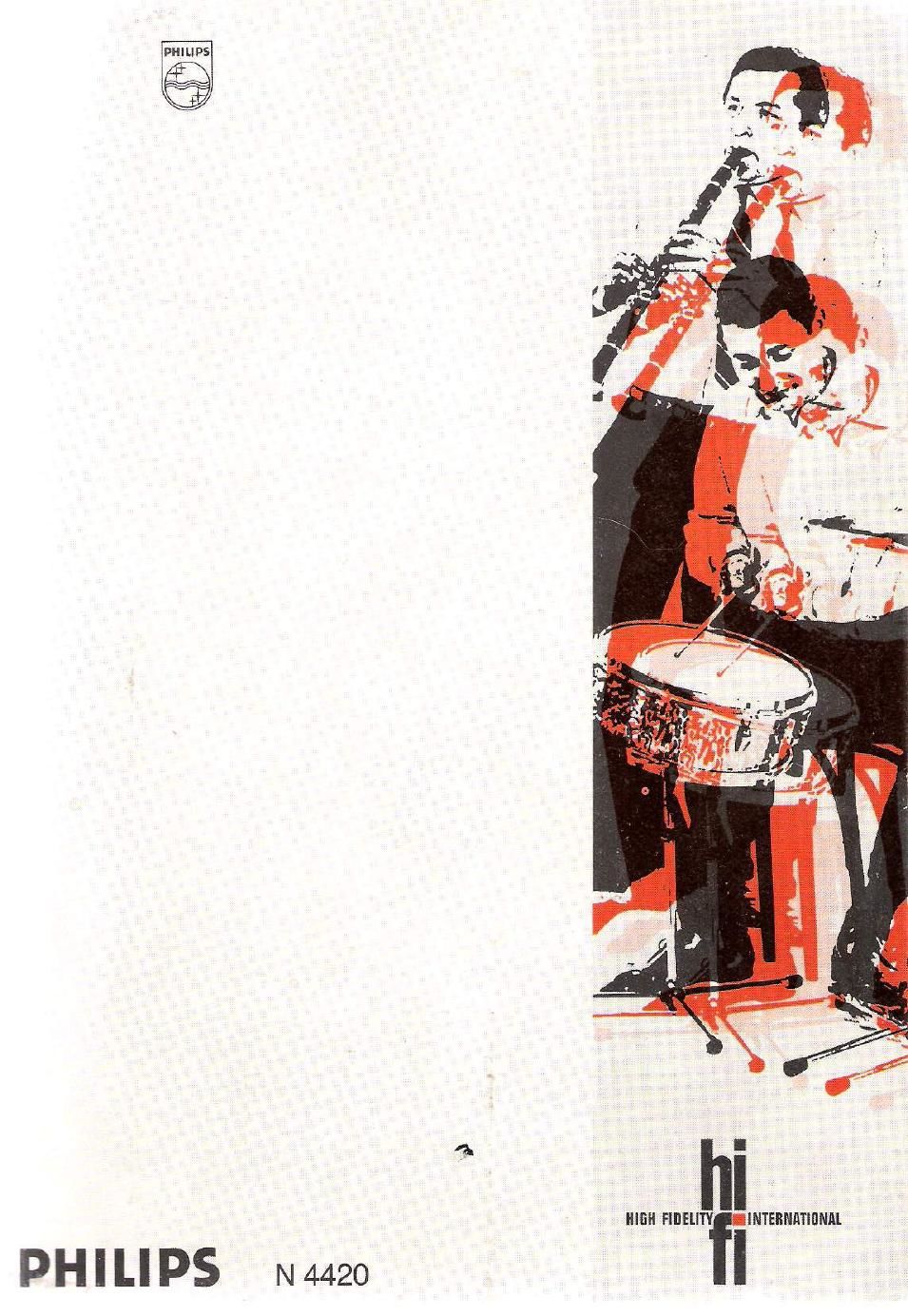Philips n 4420 owners manual
This is the 28 pages manual for philips n 4420 owners manual.
Read or download the pdf for free. If you want to contribute, please upload pdfs to audioservicemanuals.wetransfer.com.
Page: 1 / 28
